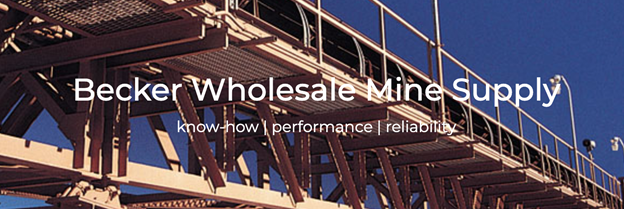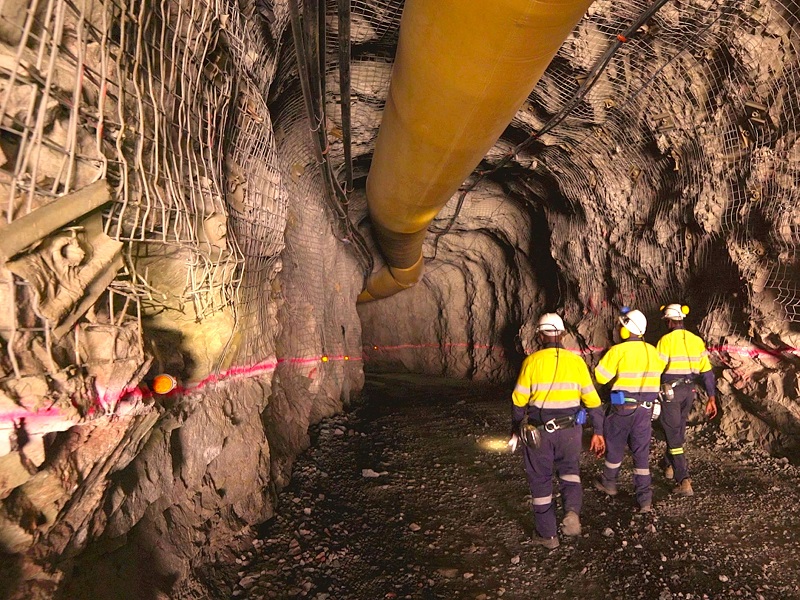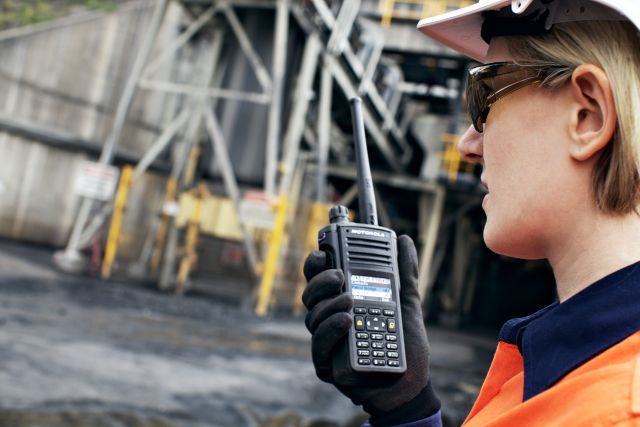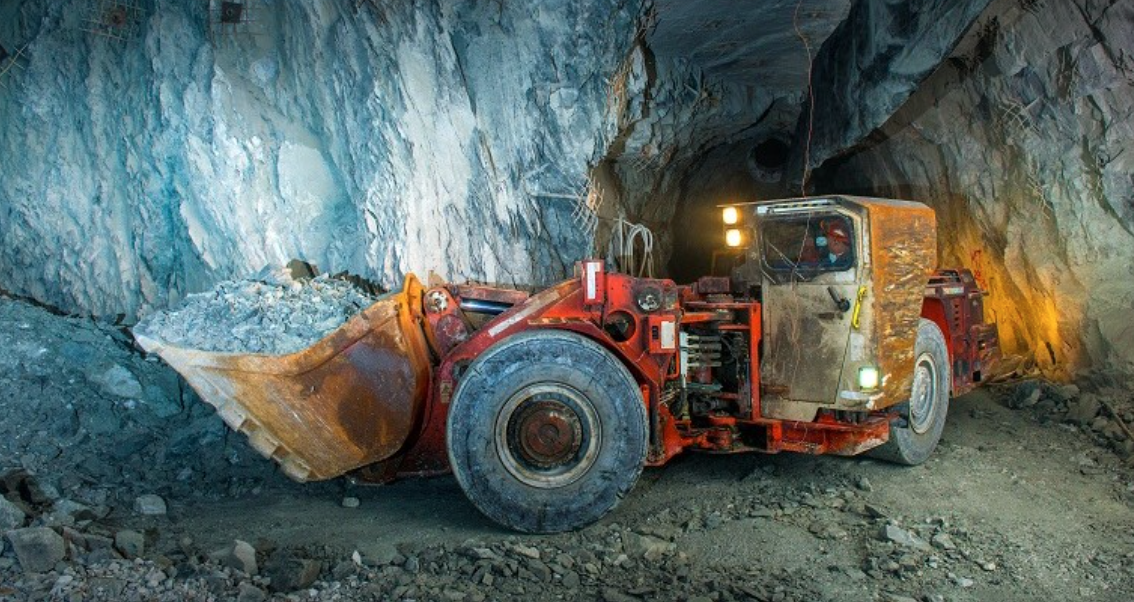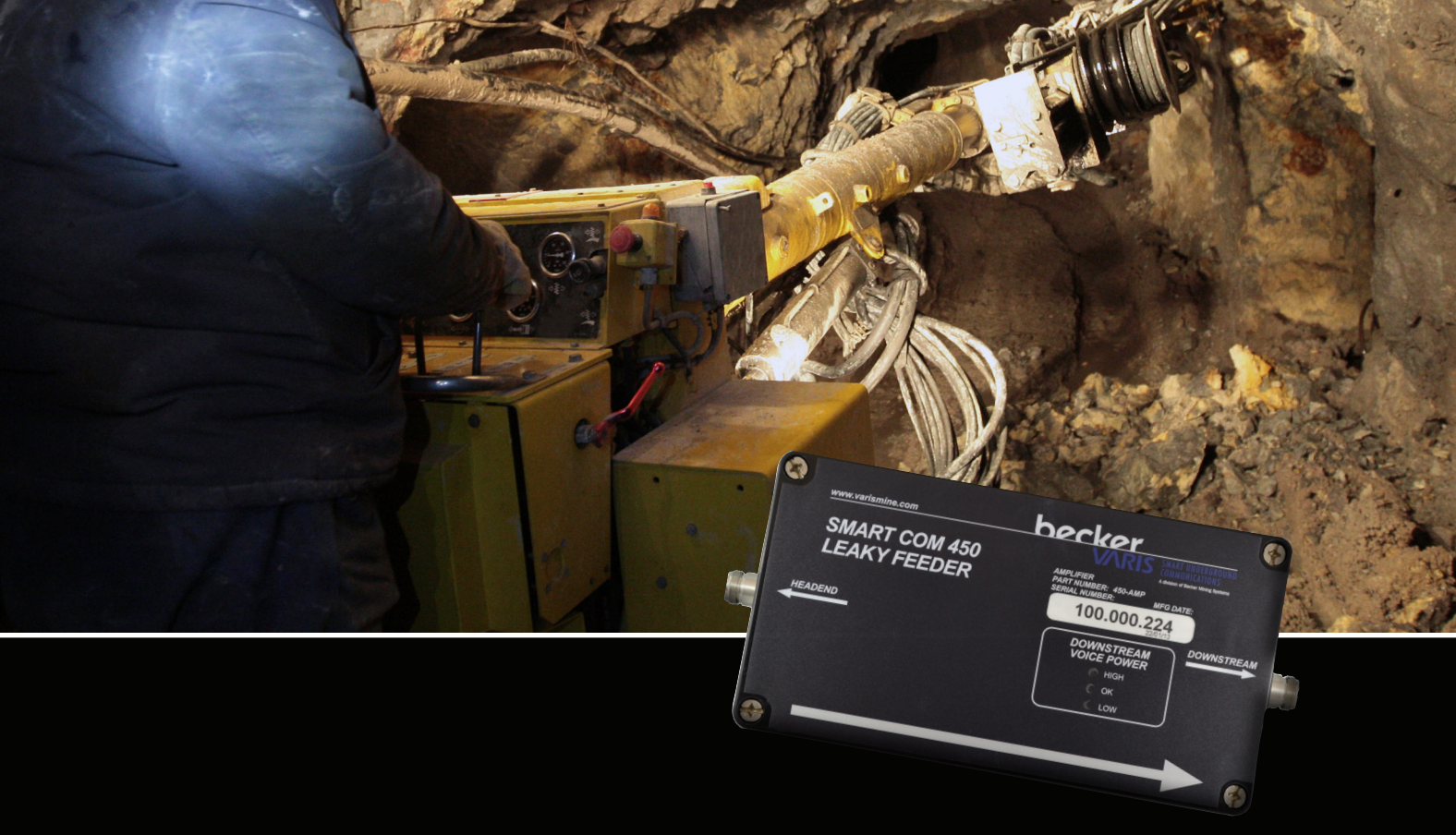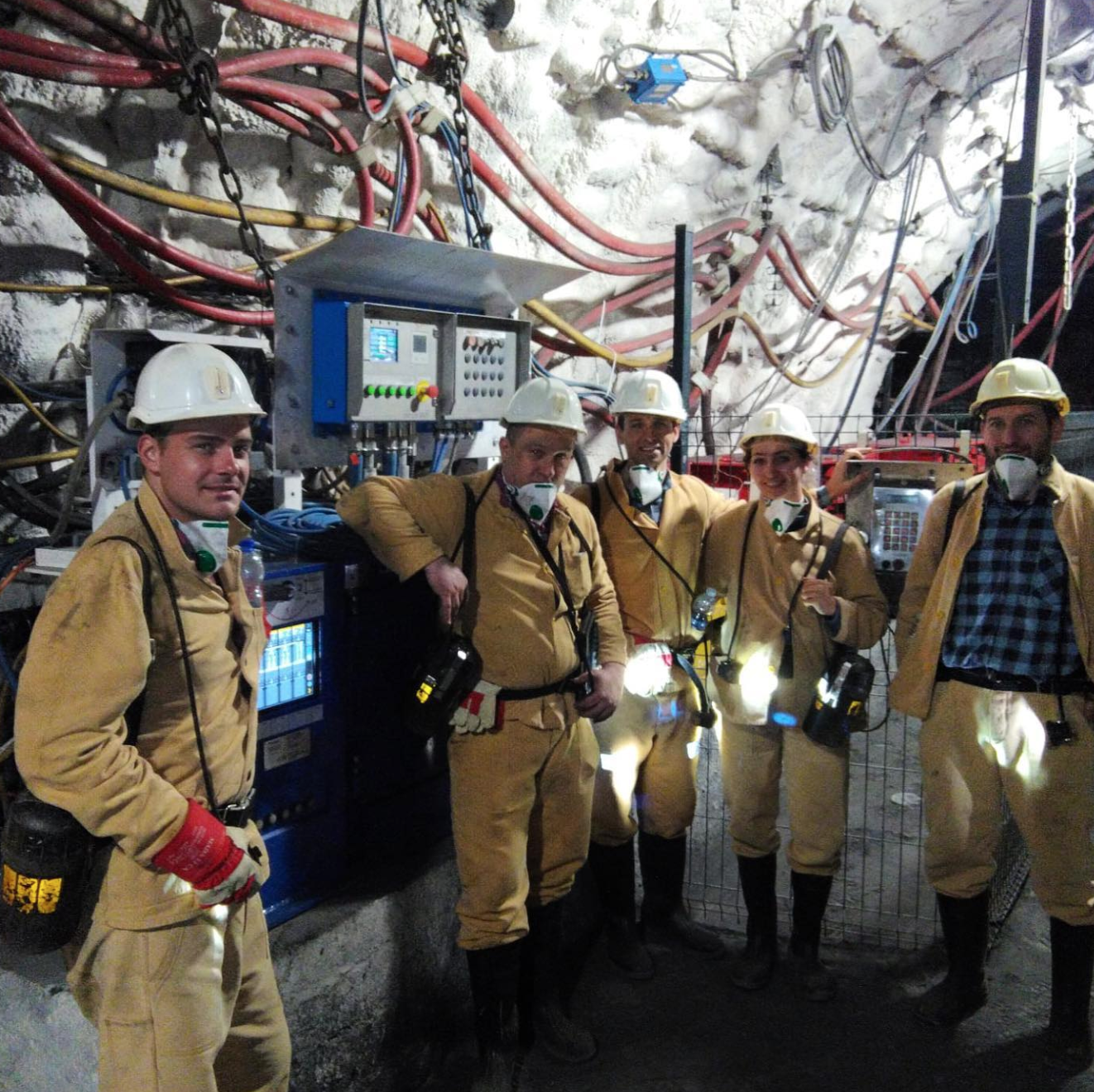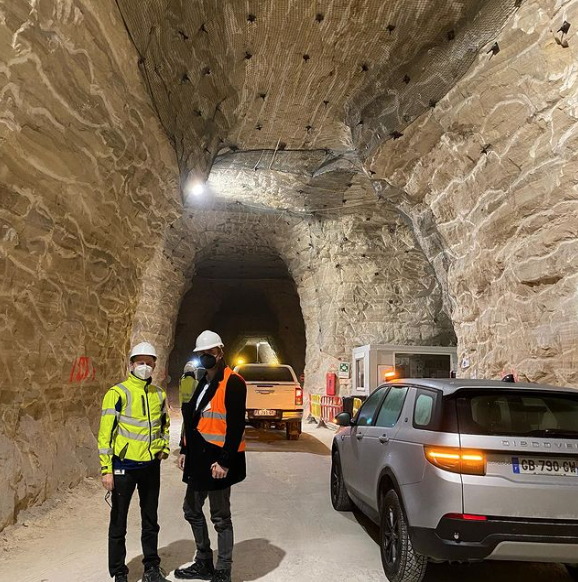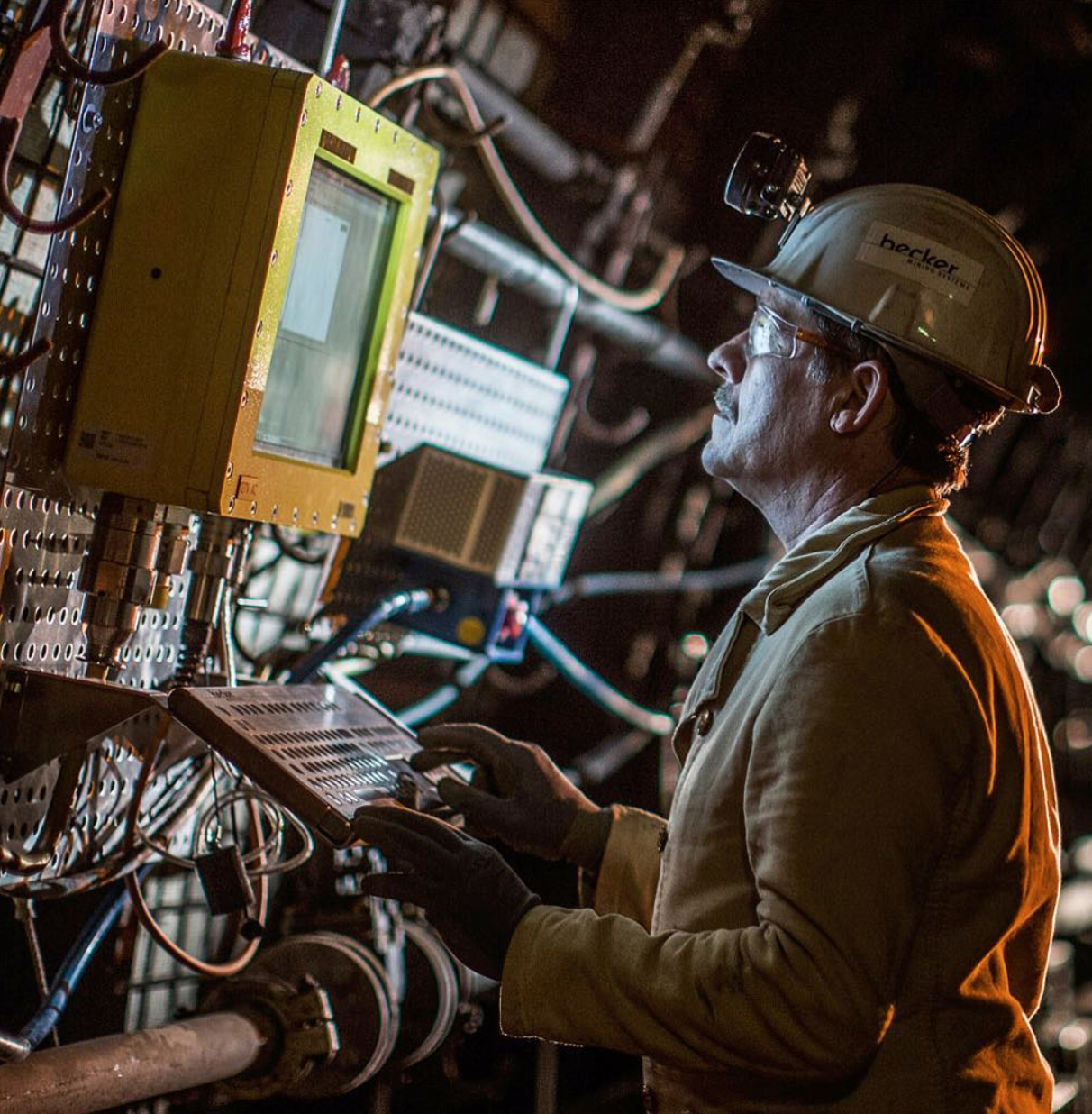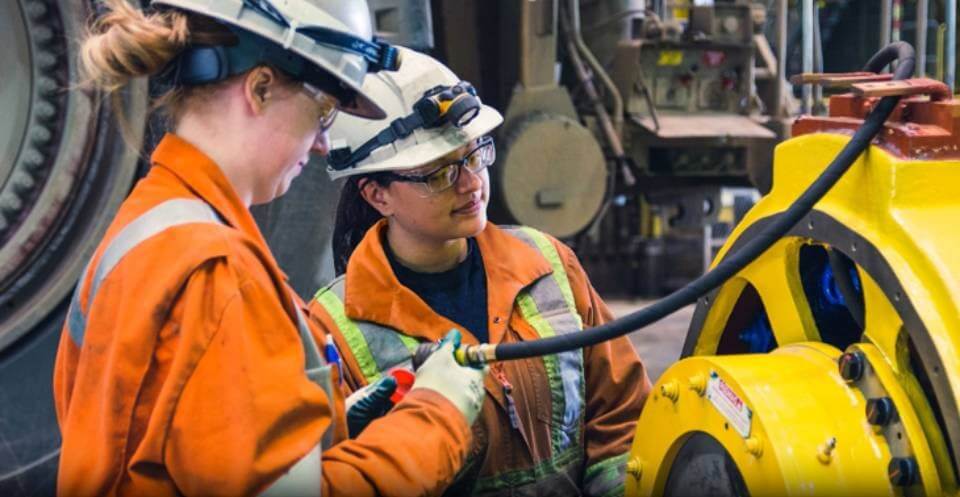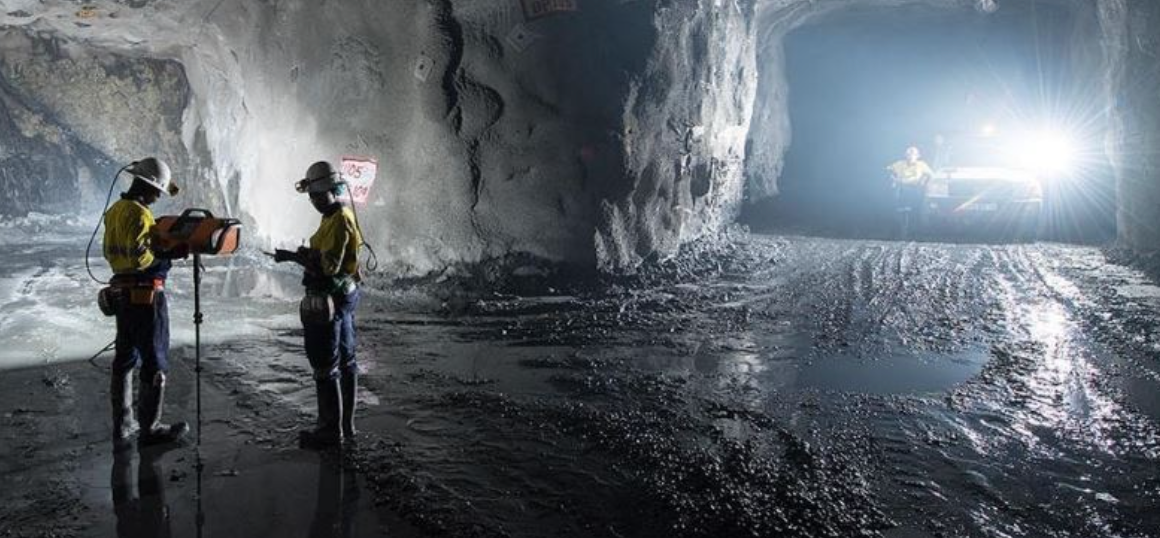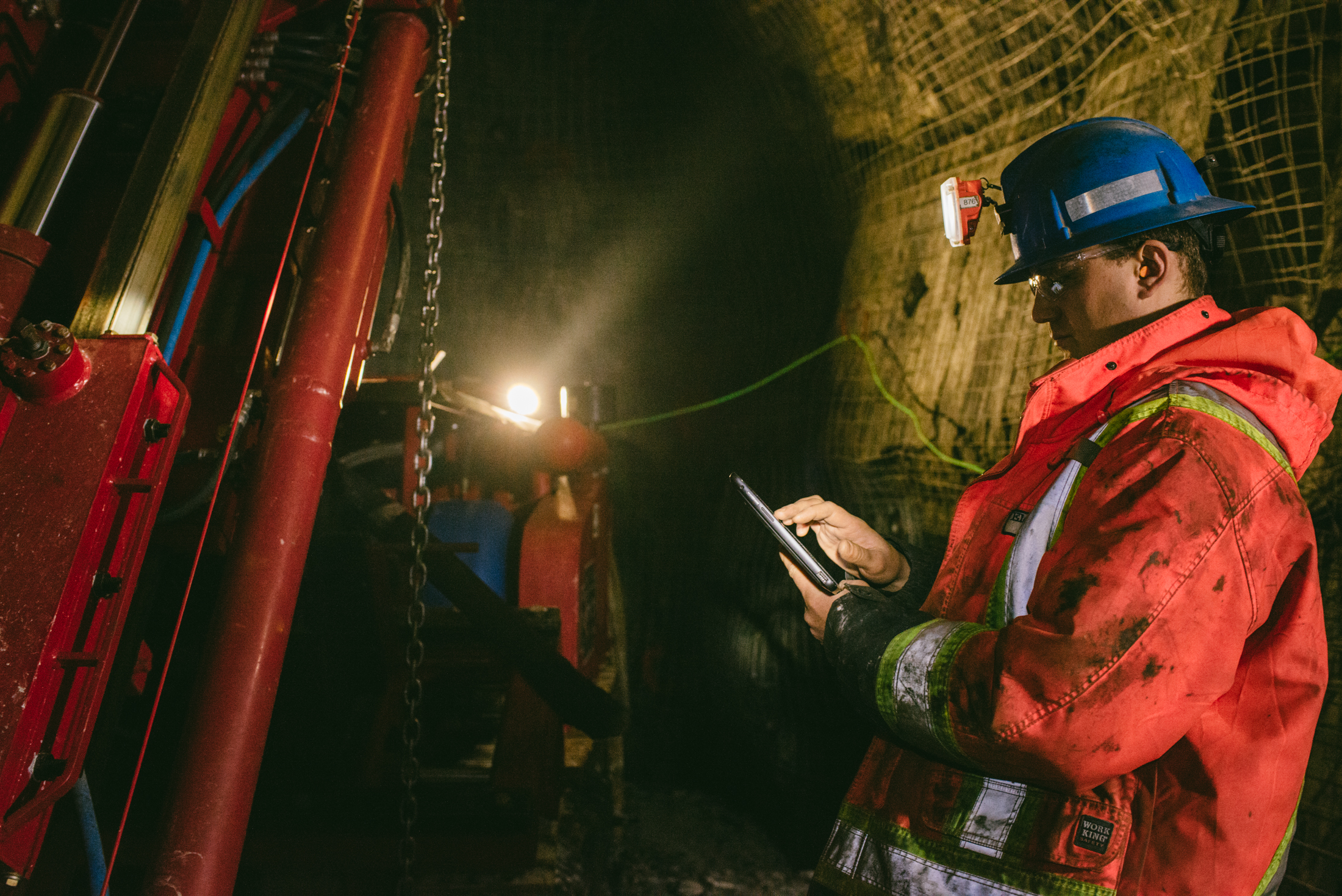The leaky feeder system for underground communications is one that has become quite common in mining environments across the world. It is a system that uses a network of cables and nodes to send communications signals through the ground. The system is designed to be used in areas where there is no line of sight between the surface and the underground environment. Keep reading to learn more about smart mine communications.
The original system was designed for use in coal mines. The system was later adapted for other types of mines and has been used in various mining operations around the world. Many mining operations rely on this solution in order to maintain solid communications in underground environments with their team.
The system consists of a series of nodes that are placed underground. These nodes are connected together with cables. The cables act as an antenna and send the communication signals through the ground. The system is designed to be very resilient and can withstand a variety of environmental conditions.
One of the advantages of this system is it can overcome any feedback from materials on the ground that prevent wireless communications. The system is also very scalable and can be easily expanded as needed. It is a very reliable solution for solid communications in difficult environments.
The smart com VHF leaky feeder system is a communications tool that comes with one of the best levels of support from a wide brand system. These communications tool comes with the broadest bandwidth amplifier that has ever been created for the mining industry; this means that the VHF leaky feeder system can be used for a number of applications. The leaky feeder system is also very easy to install and has a wide range of accessories to ensure the installation process is as easy as possible.
The Smartcom VHF leaky feeder system comes with several unique features that make sure that the system is one of the most reliable and rugged systems on the market. The system comes with a 2-year component and workmanship quality warranty. This means that if there are any issues with the design, then they will be fixed by the company.
Diagnostics and maintenance can be handled easily through an LED monitoring system. A 3 LED warning light system will provide information on areas of the system that may need attention. The system will also provide information on the strength of the signal that is being transmitted through the feeder cable.
Simultaneous voice and data systems offer the best support for a mining environment today. Whether you are capturing data points for efficiency or tracking the progress of a mining project, or you are communicating with the surface for safety, the Smartcom VHF leaky feeder system can offer you the support that you need.
The Smartcom VHF leaky feeder system is a very reliable smart mine communications tool that is used in a number of different industries. If you are interested in using this system with your own mining environment, we can help you get started. Please contact us at Becker Wholesale Mine Supply for more information.
